Directed by Tim Mielants, ‘Small Things Like These’ is a historical drama film that stars Cillian Murphy as Bill Furlong, a coal merchant who finds himself in an impossible situation on the days leading up to Christmas. The year is 1985, and Bill has a family of five daughters, who he takes care of with his wife, Eileen. His days are spent delivering coal to customers, one of whom is the local convent. One day, Bill discovers the horrors unfolding inside the convent and is forced to confront his past while asking himself what the most Christian thing to do is under the circumstances. The fact that the story rests on a real piece of history to build its narrative makes it even more heartbreaking and compelling.
Small Things Like These Focuses on the Truth of the Magdalene Laundries
‘Small Things Like These’ adapts the fictional book of the same name by Claire Keegan. While the character of Bill Furlong and his journey through the story is entirely fictional, the existence of the convent, like the one in the story, is not made up. The convent, the nuns, and the girls being forced to live there are based on the real Magdalene Laundries (named after Mary Magdalene) that operated in Ireland as recently as 1996. These places were first set up in the mid-18th century with the intention of helping the “fallen women” of the society, which included but was not limited to sex workers and women pregnant out of wedlock. The purpose was described as rehabilitation, and women would, in the beginning, enter and leave the places voluntarily after having learned the skills that would allow them to function on their own in society.
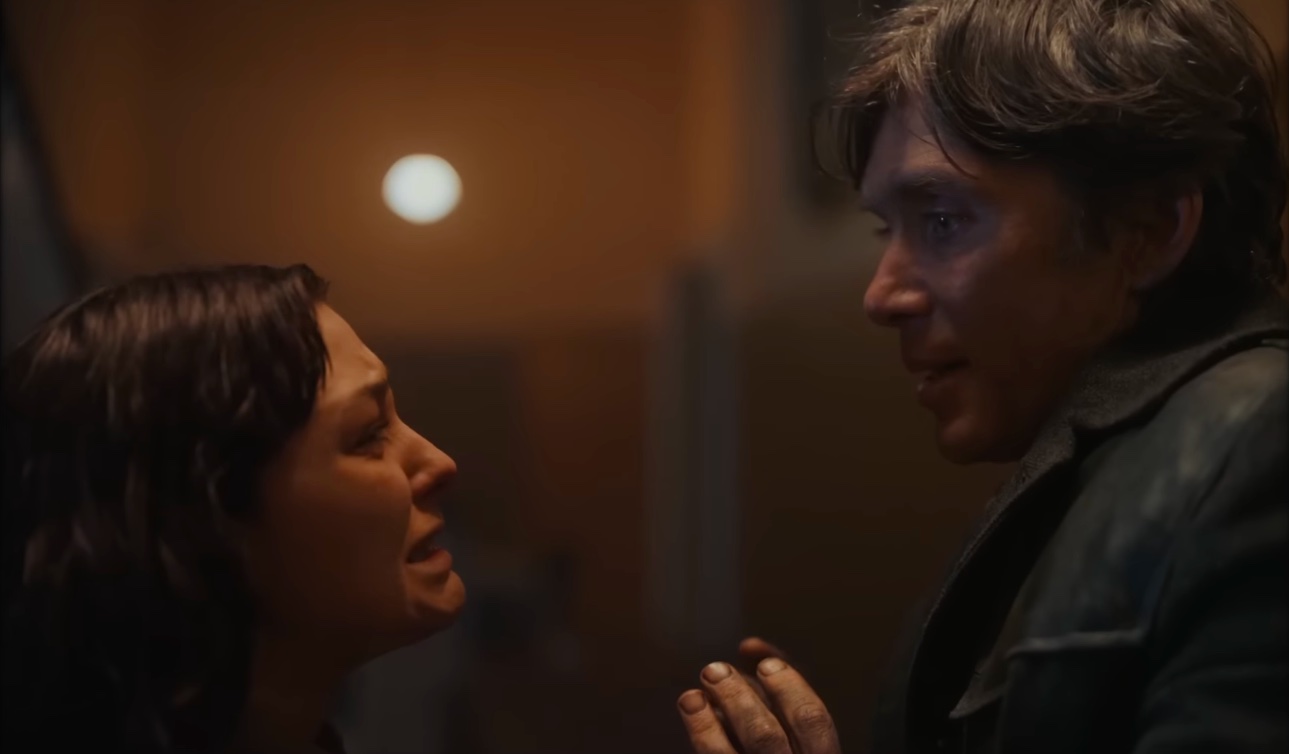
Slowly, however, the reality of these institutions started to change as the women were forced to live there, and the idea of rehabilitation morphed into redemption for their sins. Because women majorly did laundry there, the term “laundries” was added to the name of the places, though they also did a lot of other stuff there. These places were prisons for young women, a lot of whom spent their entire lives within the walls of these convents. It wasn’t just the wayward girls who were sent there by their families; women from prisons, psychiatric institutions, and the ones with special needs were also sent through the system. In later years, the girls who were labeled too precocious were also sent there.
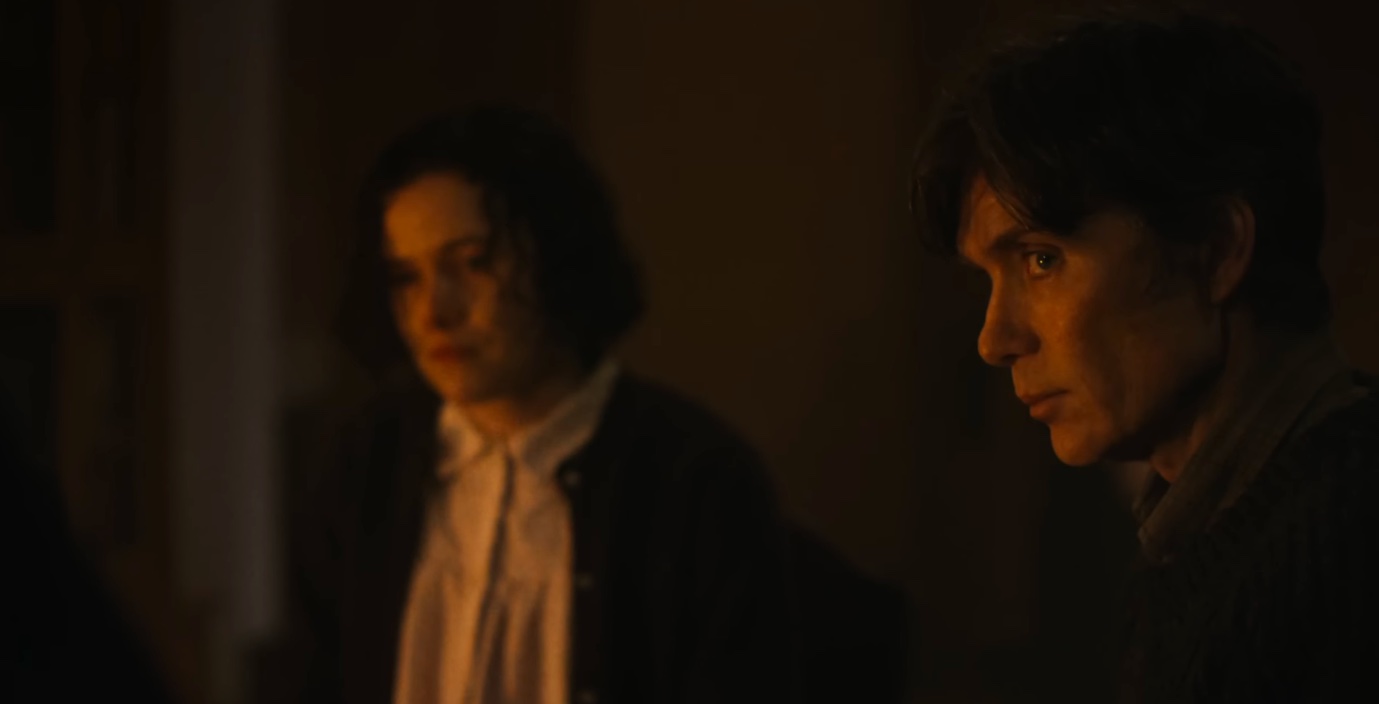
The living conditions in these places were horrible, as accounted for by the witnesses who came out over the years, especially after the true face of the laundries came to light. They were forced to shave their heads, were punished by being locked out in the cold, being flogged and beaten, and put on meager diets of bread and water. Most of them were cut off from their families, and even if they were able to have some form of correspondence or visitation, it was highly limited and completely supervised. The pregnant girls were separated from their babies, who were given up for adoption all over the world. It later came to light that the entire thing happened with the knowledge and funding of the Irish government.
The Horrible Truth of the Magdalene Laundries Came Out in the 1990s
As seen in ‘Small Things Like These,’ people were aware of girls being sent to the laundries, but there was a general consensus not to get involved in it. At the time, the Catholic Church had considerably much more power in the education and health systems of the country, and the common people, who already had a lot on their plate, couldn’t go up against a system and an institution that had been in place for so long. Moreover, there was a shame and stigma attached to the women who had been to these laundries. Even if they tried to speak out about the horrors they had faced in such places, no one paid any attention to them.
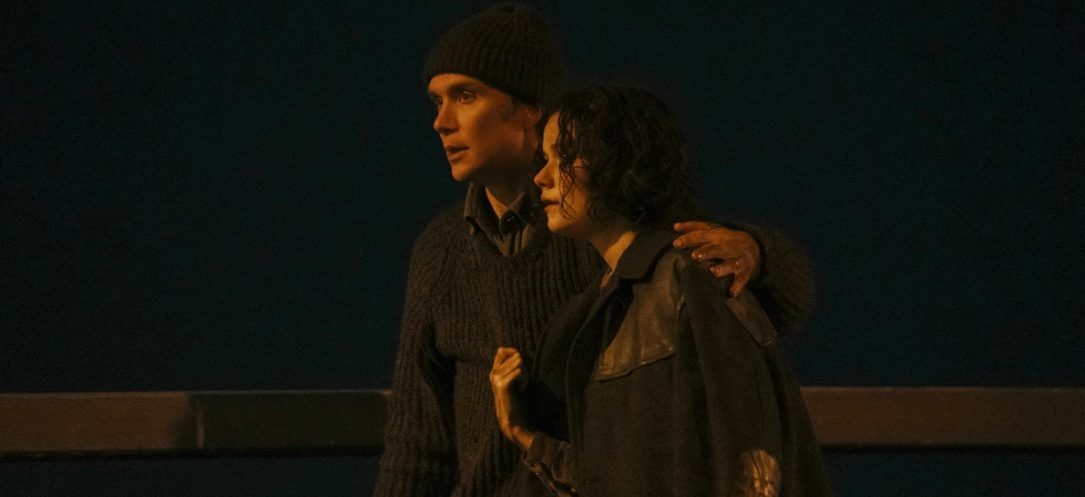
All of this changed in the early 90s. In 1992, the Sisters of Our Lady of Charity in Dublin put up their land for sale to pay off their debts. Before selling the place, the bodies buried in the cemetery on the land, which housed Donnybrook laundry, were petitioned to be moved. When dug up, the cemetery turned out to be a mass grave with 155 unmarked tombs. It turned out that what was on the paper was different from ground reality, and this discovery shook the entire nation. From here, more horrifying truths started to come out, especially as the women who had formerly been in the laundries started to testify.
Shockingly, singer-songwriter Sinéad O’Connor revealed that she, too, had been forced to live in the horrors of one such laundry. While the numbers have been racked up to 300,000 women passing through these places over the years, the true scale of this scandal took many years to come out. In 2014, the Bon Secours Mother and Baby Home in Tuam was revealed to be a particularly horrific site when the remains of about eight hundred babies were discovered in a septic tank of the place. Since the revelations that followed the exposé in the early 90s, the government has given a formal apology, along with financial reparations, to the women who suffered through these places.
Claire Keegan found out about the Magdalene Laundries when the Ferns Report came out in the early 2000s. Among other things, the report had the testimony of the victims, and reading about their stories had a huge impact on Keegan. One of the major things that took hold of Keegan’s heart was how all these atrocities could have been allowed to happen right as everyone watched. It was clear that people at the time were completely aware of the laundries, but she couldn’t understand how no one could have spoken out against it or tried to help the girls there. This was when the idea of finding someone in a shed was formed in her mind, which eventually led her to write the story of Bill Furlong.
The Fictional Bill Furlong Echoes the Silent Torment of a Spectator
When Claire Keegan first set down to write ‘Small Things Like These,’ she started with the idea of a young boy and his father finding another boy locked in a coal shed. Slowly, however, Keegan gravitated towards exploring the story from the point of view of the father and what it would feel like for him to not be able to do something for that boy in the shed when he has a similar-aged boy of his own. The expansion of the story led to the formation of Bill Furlong, who has five daughters at home and who is faced with the knowledge of the situation of the girls locked up in the convent where he delivers coal.
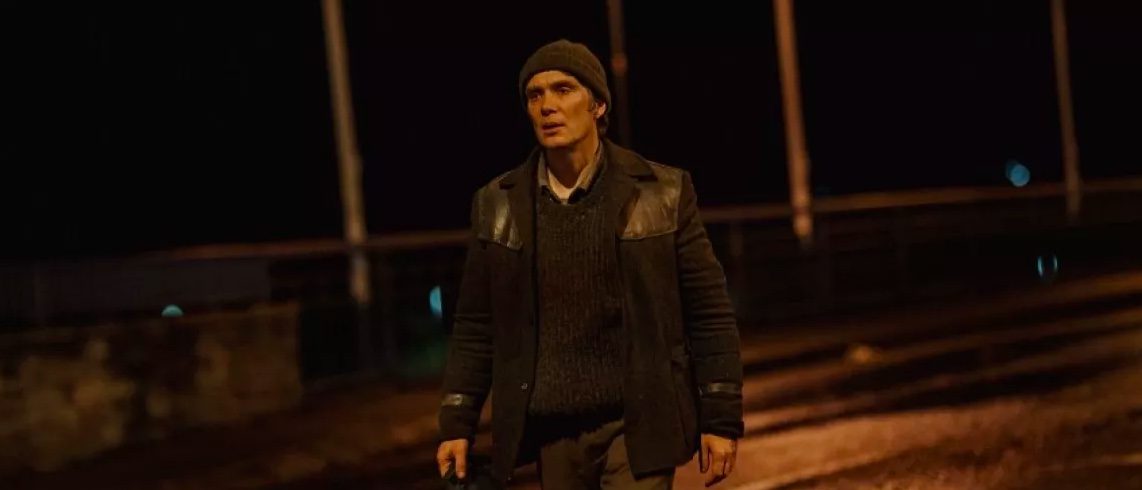
More than the horror of the laundries, Keegan was interested in exploring what it means to sit silent while all these things are happening around a person. This gives more depth to Furlong’s character as he is told, time and again, by his family and friends not to intervene with the convent and whatever is happening there. However, his own past forces him into a spiral that makes his final decision more of an unraveling rather than an act of heroism. Another thing that Keegan focused on was Bill being a man of few words, and Cillian Murphy brought that to life accurately in his performance.
The Oscar-winning actor leaned into Bill’s silent nature, keeping his head down and focusing on the task ahead. He brought Bill’s crisis in identity and faith to the surface, which added another layer to the character. At the end of the day, Keegan believed that despite the bullying that Bill faced in his childhood and the pressure from society to shut up and do nothing about the convent and the girls, Bill’s actions are rooted in love. His own past gives him the compassion to act the way he does, even when he knows that it could tear down everything he has built. Through him and the film, the author, actor, and filmmakers want the audience to understand his torment and perhaps even relate to what he does, or rather, does not do, even if it will destroy him.
Read More: The Woman in the Wall: Is Kilkinure Convent a Real Magdalene Laundry?

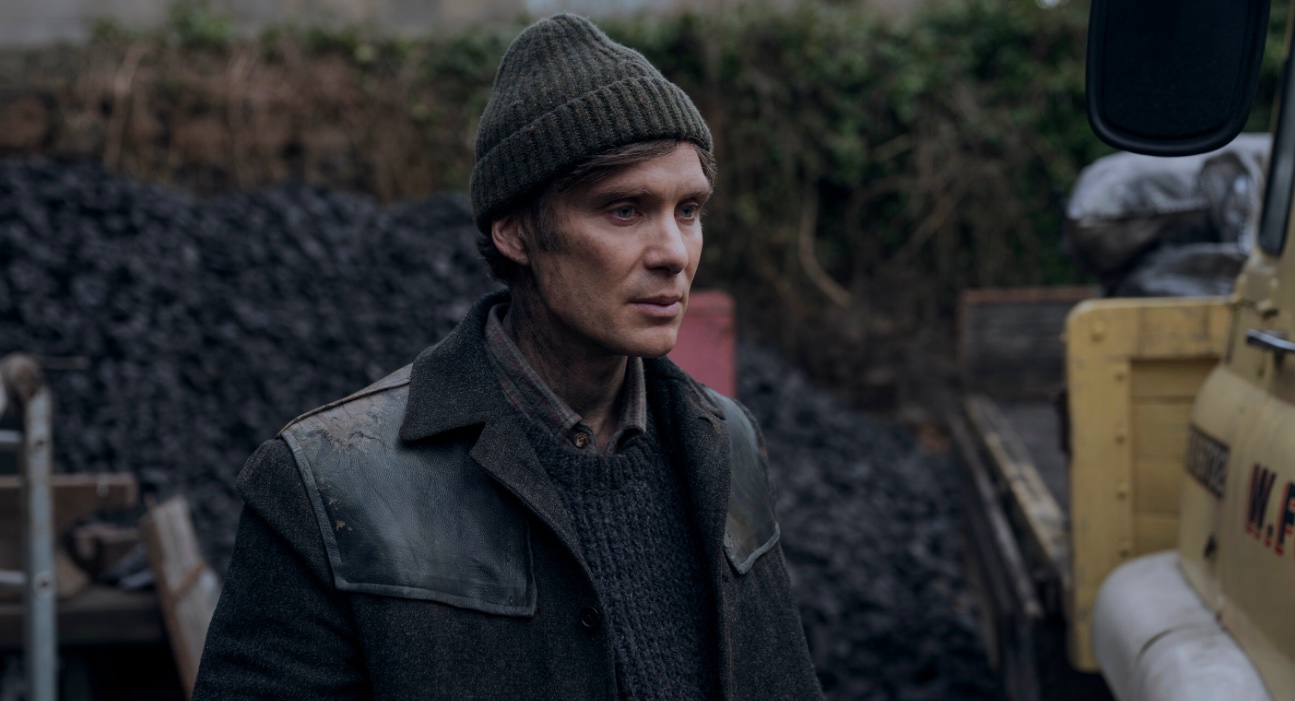
You must be logged in to post a comment.